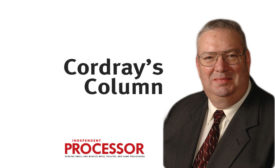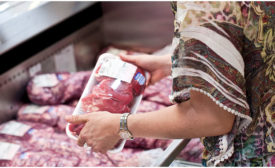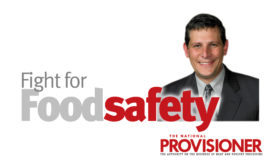Expert Commentary
Consultants Corner: Pursue pathogens, first and foremost
Processor resources need to be refocused on solving food-safety issues rather than passing hyper-detailed audits.
Read More
Spare Parts Know-How
Spare Parts Management: Partner with procurement
Why isn’t procurement treated as a partner in spare-parts management?
Read More
Guest Commentary
The big 3 for R&D
Three areas on which meat-processing R&D teams should focus.
Read More
Business Strategies
Avian influenza: no need to fly the coop
Avian influenza continues to make headlines: Here's how to proceed.
Read More
Get our new eMagazine delivered to your inbox every month.
Stay in the know with The National Provisioner's comprehensive coverage of the meat and poultry processing industry.
SUBSCRIBE TODAY!Copyright ©2024. All Rights Reserved BNP Media.
Design, CMS, Hosting & Web Development :: ePublishing

















